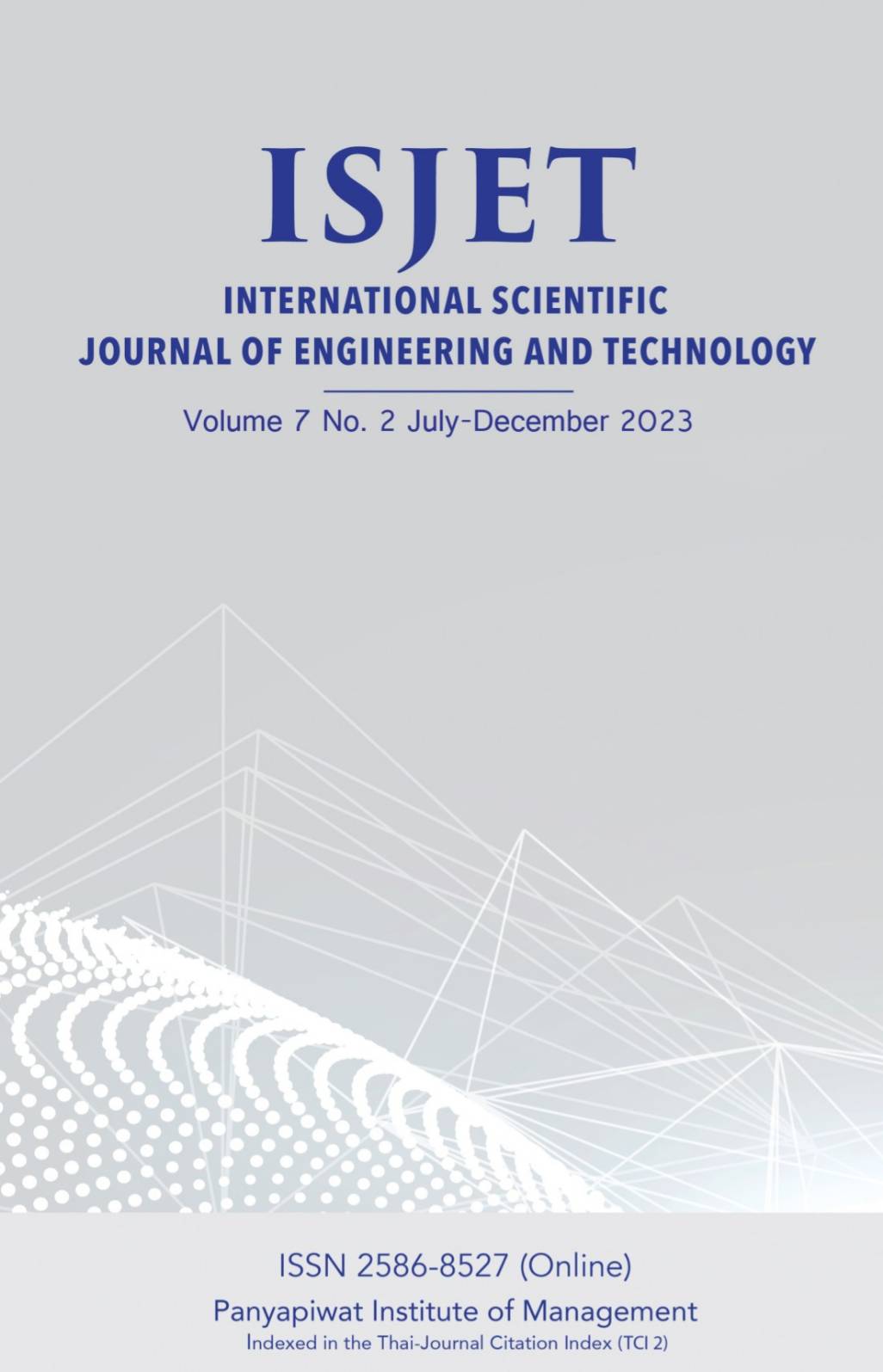Automatic detection of Fake Crowdfunding Projects
Main Article Content
Abstract
There may be fake information in some crowdfunding projects. However, it is difcult for crowdfunding platforms and investors to fnd fake information in crowdfunding projects. At present, many scholars have studied the methods for identifying fake information, but most of them studied how to distinguish fake information from news articles. Therefore, this research focuses on how to identify fake information that may exist in crowdfunding projects. The detection of fake crowdfunding projects includes functions such as keyword extraction, external knowledge extraction, and classification of real and fake projects. To identify possible fake information in the crowdfunding project, we need to understand more about the crowdfunding project by extracting the keywords of the crowdfunding projects. Therefore, this research compared TF-IDF, CKPE, YAKE, RAKE, TextRank4zh, FastTextRank, HarvestText, and BERT pre-training model methods. We used precision, recall, and F1 scores to measure the effectiveness of the keyword extraction method. Then, we obtained features for judging the authenticity of crowdfunding projects by extracting external knowledge of keywords. Finally, projects were classifed using a classifcation algorithm. The validity of this study for the classification of fake crowdfunding projects achieves 83.77% by the NB method in the dataset.
Article Details

This work is licensed under a Creative Commons Attribution-NonCommercial-NoDerivatives 4.0 International License.
เนื้อหาข้อมูล
References
S. Pandey, S. Goel, S. Bansla et al., “Crowdfunding Fraud Prevention Using Blockchain,” in Proc. 2019 6th International
Conference on Computing for Sustainable Global Development (INDIACom). 2019, pp. 1028-1034.
C. Zhang, “Automatic Keyword Extraction from Documents Using Conditional Random Fields,” Journal of Computational
Information Systems, vol. 4, no. 3, pp. 1169-1180, 2008.
R. Campos, V. Mangaravite, A. Pasquali et al., “YAKE! Keyword Extraction from Single Documents Using Multiple Local Features,” Information Sciences, vol. 509, pp. 257-289, 2020.
C. Wartena, R. Brussee, and W. Slakhorst. “Keyword Extraction Using Word Co-Occurrence,” in Proc. 2010 Workshops on Database and Expert Systems Applications, 2010, pp. 54-58.
F. Bayatmakou, A. Ahmadi, and A. Mohebi. “Automatic Query-Based Keyword and Keyphrase Extraction,” in Proc. 2017 Artifcial Intelligence and Signal Processing Conference (AISP), 2017, pp. 325-330.
J. Qu, T. Theeramunkong, N. Le Ming et al. “A Flexible Rule-Based Approach to Learn Medical English-Chinese OOV Term Translations from the Web,” International Journal of Computer Processing of Languages, vol. 24, no. 2, pp. 207-236, 2012.
R. Mihalcea and P. Tarau, “Textrank: Bringing Order into Text,” in Proc. The 2004 Conference on Empirical Methods
in Natural Language Processing, 2004, pp. 404-411.
S. Rose, D. Engel, N. Cramer et al., “Automatic Keyword Extraction from Individual Documents,” Text Mining: Applications and Theory, vol. 1, 2010, pp. 1-20.
K. Zhang, H. Xu, J. Tang et al., “Keyword Extraction Using Support Vector Machine,” in Proc. International Conference
on Web-Age Information Management, 2006, pp. 85-96.
J. Qu, NL. Minh, and A. Shimazu, “Web Based EnglishChinese OOV Term Translation Using Adaptive Rules and Recursive Feature Selection,” In Proc. The 25th Pacifc Asia Conference on Language, Information and Computation, 2011, pp.1-10.
J. Qu, T. Theeramunkong, C. Nattee et al., “Web Translation of English Medical OOV Terms to Chinese with Data Mining
Approach,” Science Technology Asia, vol. 16, no. 2, pp. 26-40, 2011.
Q. Zhang, Y. Wang, Y. Gong et al., “Keyphrase Extraction Using Deep Recurrent Neural Networks on Twitter,” in Proc.
The 2016 Conference on Empirical Methods in Natural Language Processing, 2016, pp. 836-845.
R. Meng, S. Zhao, S. Han et al., “Deep Keyphrase Generation,” in Proc. The 55th Annual Meeting of the Association for Computational Linguistics, 2017, pp. 582-592.
J. Devlin, M. W. Chang, K. Lee et al., “Bert: Pre-Training of Deep Bidirectional Transformers for Language Understanding,”
in Proc. The 2019 Conference of the North American Chapter of the Association for Computational Linguistics: Human
Language Technologies, 2019, pp. 4171-4186.
E. Loper and S. Bird, “Nltk: The Natural Language Toolkit,” in Proc. The ACL Interactive Poster and Demonstration
Sessions, 2004, pp. 214-217.
D. Adimanggala, F. A. Bachtiar, and E. Setiawan, “Evaluasi Topik Tersembunyi Berdasarkan Aspect Extraction
Menggunakan Pengembangan Latent Dirichlet Allocation,” Jurnal RESTI, vol. 5, no. 3, pp. 511-519, 2021.
J. Jiang, “Information Extraction from Text,” Boston, MA: Springer, 2012, pp. 11-41.
P. Sharma and Y. Li. (2019, Aug. 2). Self-Supervised Contextual Keword and Keyphrase Retrieval with Self-Labelling.
[Online]. Available: https://shorturl.asia/vwUqZ
J. Qu, N. Phaphoom, C. Wangtragulsang et al., “Social Media Contact Information Extraction,” in Proc. 2018 International
Conference on Information Technology (InCIT), 2018, pp. 1-5.
Q. Li and J. Qu, “Product Ontology Construction for Crowdfunding Pojects”, presented at the 7th International
Conference on Business and Industrial Research (ICBIR) 2022, Bangkok, Thailand, May 19-20, 2022.

